Letov Š-328V
About the S28 Family
History and Š-28 models

Š-28 prototype
Design work on the new Letov Š-28 started in 1932 in order to meet a Finnish AF requirement, which later never accepted the Š-328F prototype powered by 580 hp (433 kW) Bristol Pegasus IIM-2 radial engine. Instead, Czechoslovakia purchased an improved it. The inital model first flew in 1934 and the Czechoslovak Air Force tested in 1935, not accepting the prototype with Walter Castor engine, but the production Š-128 re-equipped with a Gnome-Rhône licenced Bristol Mercury VII engine, 12 built for evaluations. This production batch was later tested as night fighter armed with four 7,92 mm vz.30 machine guns in the wings (under the name Š-328N) with two movable vz.30s for the observer. These were retrofitted later as recce models after the concept was judged of little use.
Soon after as the company looked how to improve its performances, Lithuania ordered its own version powered by the Walter-built Bristol Mercury VII as the Š-228, with 4 built. This led some improvementts until the main production variant, which production was approved in 1935, as the Š-328 with 412 built total, including the Š-328N sub-variant and Š-328V with floats (see below). The Š-328 was powered by the Walter Pegasus II-M.2 engine, similar to the Lithuanian AF model.
Production went on in the late 1930s with the experimentzl Š-428 close ground support aircraft powered with an Avia VR-36 545 kW, V-12 liquid-cooled inline piston engine rated for 740 hp. It could carry more bombs, MGs and a better defensive armament comparable to the N variant, but was not adopted due to the limitations of biplanes when monoplanes were all the rage. The ultimate variant was actually produced: This was the Š-528, planned replacement for Š-328 developed in 1935 and powered by a beefy 800 hp (597 kW) Gnome-Rhône Mistral Major. Only six were built for evaluation, and if performances were better across the board, again in 1936 the general tendency was towards monoplane and by keeping the same structure, the new model did not brought such an improvement overall.
Main production variant: Š328
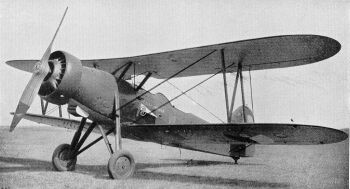 The Š328 was a sturdy two-bay biplane with a conventional layout, relatively large dimensions, two open cockpits for the pilot (with small windhield) and observer/gunner at the rear. It was built mostly of wood and metal, with aluminium throughout with a stressed duralumin skin and only a few section using longerons covered with fabric. The wings were of similar size and well rounded, as the elevons and tail, compensated. The wings were fixed using two N type inter-struts and two H type inner struts from the fuselage, with heavy wire bracing between the outer struts and fuselage.
The Š328 was a sturdy two-bay biplane with a conventional layout, relatively large dimensions, two open cockpits for the pilot (with small windhield) and observer/gunner at the rear. It was built mostly of wood and metal, with aluminium throughout with a stressed duralumin skin and only a few section using longerons covered with fabric. The wings were of similar size and well rounded, as the elevons and tail, compensated. The wings were fixed using two N type inter-struts and two H type inner struts from the fuselage, with heavy wire bracing between the outer struts and fuselage.
The undercarriage comprised two three-legged wheeltrain, with the main mast suspended and placed on reinforced structural elements of the inner ring of the engine nacelle. The two other V type strut supports connected to the engine lower cradle. The shaped were well studied and the radial engine was followed by the radiator and fuel, oil tanks behind in the all-metal forward portion of the fuselage, with a fairing. There was a two-bladed single pitch wooden propeller.
The S328V floatplane

Czechoslovakia was an important producer of military equipment in the interwar from armored vehicles, aircraft and small arms, and Škoda's factories in Pilsen produced high-quality artillery systems as well, notably anti-aircraft guns such as the 8.35 cm (vz. 22). Due to the absence of suitable and safe military area in landlocked Czechoslovakia for firing tests and training an agreement was concluded with the kingdom of Yugoslavia, for the leasing of the banks of Kotorská, Prevlaka, a strip on the Adriatic Sea and adjacent to the coast. A Czechoslovak anti-aircraft range was established and for AA gunners training, aerial targets - needed to be towed by a plane.
Due to its ruggedness, Letov proposed to reuse its Š-328 by just swapping its wheeled undercarriage by floats for rivering and saltwater operations. This was born a unique Czech floatplane target tug to be based at the anti-aircraft artillery training depot in the Bay of Kotor (now in Montenegro). Four were built as the Š-328v (v for "vodní" or "water").
The surroundings of the Bay of Kotor allowed to loose quantities of live ammunition at sea and protected otherwide by steep mountain slopes, reaching up to 1,600 m above sea level. In nearby Kumbor was a former seaplanes base used by Austria-Hungary and so the Yugoslav Naval Air Force was provided help by the Czechoslovak government, ready to provide a suitable machine. The Czechoslovak factory Aero produced nine Aero A.29 floatplanes for that purpose and from 1927 there was a Czechoslovak air detachment in Kumbor operating these, with cooperation training for the Yugoslavians, which later took over the base and seaplanes. AA practice fire later took place with the Aero A.29 quite regularly in the summer until the mid-1930s for towing aerial targets.
It's in 1935, that the Aero A.29 was replaced by the Letov Š.328v, with four having the engine nacelle belly modified to received floats with N type struts as support, and instead of designing its own floats, the company simply ordered them off the shelf to British company Short Brothers Ltd. a great specialist of floatplanes at the time. Hence was born the Š.328.v orherwidse identical to the regular Š328. It was generally unarmed for its towing missions but possessed as standard usable attachments points for light bombs. Specs are below.
⚙ S328V specifications | |
| Empty Weight | 1,680 kg (3,704 lb) |
| Gross Weight | 2,640 kg (5,820 lb) |
| Lenght | 10.36 m (34 ft 0 in) |
| Wingspan | 13.71 m (45 ft 0 in) |
| Height | 3.34 m (10 ft 11 in)* (land version) |
| Wing Area | 39.4 m2 (424 sq ft) (20.4 m2 (219.6 sq ft) top wing, 19 m2 (204.5 sq ft) lower wing |
| Engine | Walter Pegasus II-M.2 9-cylinder air-cooled radial piston engine, 420–430 kW (560–580 hp) at 5,000 m (16,000 ft) |
| Propeller | 2-bladed fixed-pitch wooden propeller |
| Top Speed | 280 km/h (170 mph, 150 kn) at 1,800 m (5,900 ft)* |
| Cruise Speed | 250 km/h (160 mph, 130 kn) |
| Fuel cap. | 320 L (85 US gal; 70 imp gal) in main fuselage tank + 280 L (74 US gal; 62 imp gal) in two upper wing gravity tanks |
| Range | 700 km (430 mi, 380 nmi) |
| Climb rate | 5,000 m (16,000 ft) in 17 minutes |
| Ceiling | 7,200 m (23,600 ft) |
| Armament | 2x fixed fwd 7.92 mm vz.30 upper wing, 2× vz.30 flexible "Skoda" mount, 500 kg (1,102 lb) bombs. |
| Crew | 2 |
Operational History

At the time of the Munich agreement, and later the Sudeten crisis, the Czechoslovak Air Force had 227 of the S328 in operational units, 87 in training schools and mobilisation depots. Production went on even after German occupation, until 1940, the last one being thirty Š-328 produced for Bulgaria, 50 ordered by Slovakia in July 1938. It was used in both case as a reconnaissance aircraft, light bomber/ground-attack aircraft, including by the Bulgarian and Slovak Air Forces from March 1939.
Some sources suggest some may have see action in the Spanish Civil War and perhaps mistook for the Letov Š-231 (17 in the Republican air force). The Germans captured and reused the Š-328 as trainer and night attack role on the Eastern Front, specially in the Winter of 1942–43, just like the Soviet Polikarpov Pe-2 and its infamous "night witches". By early October 1939, Š-328s of the Second Czechoslovak Republic attacked Hungarian forces which crossed into Ruthenia. After the occupation of March 1939, Slovakia declared independence and on 23 March 1939, Hungary invaded Slovakia, and during this Slovak–Hungarian War, Š-328s were used for reconnaissance and attacks.
They were also part of the Slovak part in the Invasion of Poland in September 1939. From 1941, Slovak Š-328s were used over the souther front area this summer as part of Operation Barbarossa, attacking soviet lined of communication and later in anti-partisan operations in western Ukraine the next summer in 1942. 11 of them were seized by Slovak insurgents, flown against the Germans in late 1944 (Slovak National Uprising). On 7 September 1944, one took part in the last biplane victory in aerial warfare by late 1944 when one shoot down a reconnaissance Focke-Wulf Fw 189, badly damaged by machine gun fire, forced to land.
As for the floatplanes, the four S328V were used by the Czechoslovak Air Detachment in Kumbor in the summer 1935 and possibly deployed in Yugoslavia in the following years. It seems they alternated their tug towing role from the Jotor land base with ehr wheeled landing gear, in the summer and the rest of time, trained Yugoslavian pilots as seaplane. They also trained between themselves at defensive gunnery at flying target. Their fate is unknown, they were likely captured or destroyed during the invasion of Yugoslavia in the spring of 1941.
Gallery
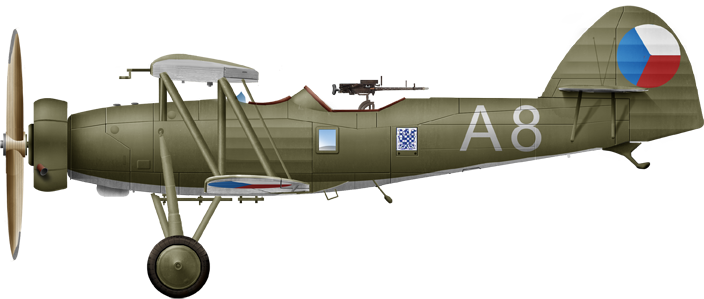
The land based S328, Czechoslovak Force March 1939. This model was used also by the Bulgarians and Germans in anti-partisan warfare until 1944, and by Czech indurgents in 1944-45.
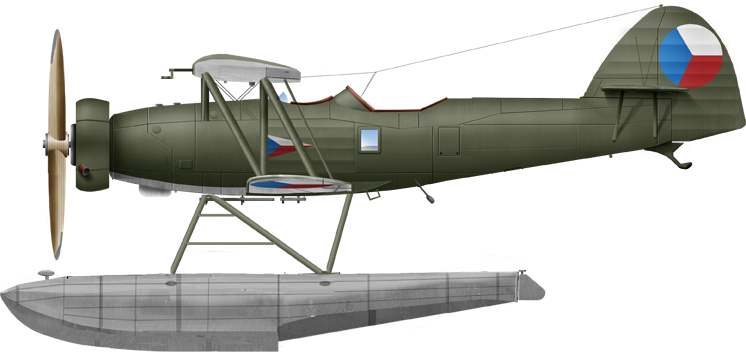
The floatplane version S328V, Kotor base 1939. Note it still has its tail skid, design for quick replacement of the floats by a land wheeltrain undercarriage.

CC photo, S328v

Standard livery

Model kit rendition

In slovak service ww2
Read More
GENF, S. A. Encyklopedie letadel. 1. vyd. Ivanka pri Dunaji: Slovo, 1998. ISBN 80-85711-35-4. S. 182.KRUMBACH, Jan. Letov Š-328. Letectví a kosmonautika. Září-říjen 1984, roč. LX.
MÁČE, Jan. Letov Š.328. Letectví a kosmonautika. Duben 2022, roč. 101., čís. 4, s. 32 a 33.
ŠOREL, Václav; VELC, Jaroslav. Letadla československých pilotů I. 1. vyd. Praha: Albatros, 1979.
VRANÝ, J.; HURT, Z.; HORNÁT, J.; SKLA, S. Ilustrovaná historie letectví - Bristol Beaufighter, Mikojan Gurjevič MiG-19, Letov Š-328. Praha 1993.
Links
colophonbooks.comOn wp.scn.ru
airwar.valka.cz
valka.cz
fronta.cz
cs.wikipedia.org S328
cs.wikipedia.org S28
en.wikipedia.org
rezava-vrtule.cz
alchetron.com
english.radio.cz
war-book.ru
- Lohner E (1913)
- Macchi M3 (1916)
- Macchi M5 (1918)
- Ansaldo ISVA (1918)
- Sopwith Baby (1916)
- Short 184 (1916)
- Fairey Campania (1917)
- Sopwith Cuckoo (1917)
- Felixstowe F.2 (1917)
- Friedrichshafen FF 33 (1916)
- Albatros W4 (1916)
- Albatros W8 (1918)
- Hanriot HD.2
- Grigorovitch M5
- IJN Farman MF.7
- IJN Yokosho Type Mo
- Yokosho Rogou Kougata (1917)
- Yokosuka Igo-Ko (1920)
- Curtiss N9 (1916)
- Aeromarine 39
- Vought VE-7
- Douglas DT (1921)
- Boeing FB.5 (1923)
- Boeing F4B (1928)
- Vought O2U/O3U Corsair (1928)
- Blackburn Blackburn (1922)
- Supermarine Seagull (1922)
- Blackburn Ripon (1926)
- Fairey IIIF (1927)
- Fairey Seal (1930)
- LGL-32 C.1 (1927)
- Caspar U1 (1921)
- Dornier Do J Wal (1922)
- Rohrbach R-III (1924)
- Mitsubishi 1MF (1923)
- Mitsubishi B1M (1923)
- Yokosuka E1Y (1923)
- Nakajima A1N (1927)
- Nakajima E2N (1927)
- Mitsubishi B2M (1927)
- Nakajima A4N (1929)
- CANT 18
WW1
✠ K.u.K. Seefliegerkorps:
 Italian Naval Aviation
Italian Naval Aviation
 RNAS
RNAS
 Marineflieger
Marineflieger
 French Naval Aviation
French Naval Aviation
 Russian Naval Aviation
Russian Naval Aviation
 IJN Air Service
IJN Air Service
 USA
USA
Interwar
 Interwar US
Interwar US
 Interwar Britain
Interwar Britain
 Interwar France
Interwar France
 Interwar Germany
Interwar Germany
 Interwar Japan
Interwar Japan
 Interwar Italy
Interwar Italy
- Curtiss SOC seagull (1934)
- Grumman FF (1931)
- Curtiss F11C Goshawk (1932)
- Grumman F2F (1933)
- Grumman F3F (1935)
- Northrop BT-1 (1935)
- Grumman J2F Duck (1936)
- Consolidated PBY Catalina (1935)
- Brewster/NAF SBN-1 (1936)
- Curtiss SBC Helldiver (1936)
- Vought SB2U Vindicator (1936)
- Brewster F2A Buffalo (1937)
- Douglas TBD Devastator (1937)
- Vought Kingfisher (1938)
- Curtiss SO3C Seamew (1939)
- Douglas SBD Dauntless (1939)
- Grumman F4F Wildcat (1940)
- F4U Corsair (NE) (1940)
- Brewster SB2A Buccaneer (1941)
- Grumman TBF/TBM Avenger (1941)
- Consolidated TBY Sea Wolf (1941)
- Grumman F6F Hellcat (1942)
- Curtiss SB2C Helldiver (1942)
- Curtiss SC Seahawk (1944)
- Grumman F8F Bearcat (1944)
- Ryan FR-1 Fireball (1944)
- Douglas AD-1 Skyraider (1945)
Fleet Air Arm
- Fairey Swordfish (1934)
- Blackburn Shark (1934)
- Supermarine Walrus (1936)
- Fairey Seafox (1936)
- Blackburn Skua (1937)
- Short Sunderland (1937)
- Blackburn Roc (1938)
- Fairey Albacore (1940)
- Fairey Fulmar (1940)
- Grumman Martlet (1941)
- Hawker sea Hurricane (1941)
- Brewster Bermuda (1942)
- Fairey Barracuda (1943)
- Fairey Firefly (1943)
- Grumman Tarpon (1943)
- Grumman Gannet (1943)
- Supermarine seafire (1943)
- Blackburn Firebrand (1944)
- Hawker Sea Fury (1944)
IJN aviation
- Aichi D1A "Susie" (1934)
- Mitsubishi A5M "Claude" (1935)
- Nakajima A4N (1935)
- Yokosuka B4Y "Jean" (1935)
- Mitsubishi G3M "Nell" (1935)
- Nakajima E8N "Dave" (1935)
- Kawanishi E7K "Alf" (1935)
- Nakajima B5N "Kate" (1937)
- Kawanishi H6K "Mavis" (1938)
- Aichi D3A "Val" (1940)
- Mitsubishi A6M "zeke" (1940)
- Nakajima E14Y "Glen" (1941)
- Nakajima B6N "Jill" (1941)
- Mitsubishi F1M "pete" (1941)
- Aichi E13A Reisu "Jake" (1941)
- Kawanishi E15K Shiun "Norm" (1941)
- Nakajima C6N Saiun "Myrt" (1942)
- Yokosuka D4Y "Judy" (1942)
- Kyushu Q1W Tokai "Lorna" (1944)
Luftwaffe
- Arado 196 (1937)
- Me109 T (1938)
- Blohm & Voss 138 Seedrache (1940)
Italian Aviation
- Savoia-Marchetti S.55
- IMAM Ro.43/44
- CANT Z.501 Gabbiano
- CANT Z.506 Airone
- CANT Z.508
- CANT Z.511
- CANT Z.515
French Aeronavale
- GL.300 (1926-39)
- Levasseur PL.5 (1927)
- Potez 452 (1935)
- Loire 210 (1936)
- Loire 130 (1937)
- LN 401 (1938)
Soviet Naval Aviation
- Shavrov SH-2 (1928)
- Tupolev TB-1P (1931)
- Beriev MBR-2 (1930)
- Tupolev MR-6 (1933)
- Tupolev MTB-1 (1934)
- Beriev Be-2 (1936)
- Polikarpov I16 naval (1936)
- Tupolev MTB-2 (1937)
- Ilyushine DB-3T/TP (1937)
- Beriev Be-4 (1940)
-
Skoda Š-328V
R-XIII Idro
Fokker C.XI W (1934)
WW2
- De Havilland Sea Vixen
- Hawker Sea Hawk
- Supermarine Scimitar
- Blackburn Buccaneer
- Hawker Sea Harrier
- Douglas A4 Skyhawk
- Grumman F9F Panther
- Vought F8 Crusader
- McDonnell-Douglas F-4 Phantom-II
- North Am. A5 Vigilante
- TU-142
- Yak 38 forger
☢ Cold War
✧ NATO
 Fleet Air Arm
Fleet Air Arm
 US Navy
US Navy
☭ Warsaw Pact
Merch
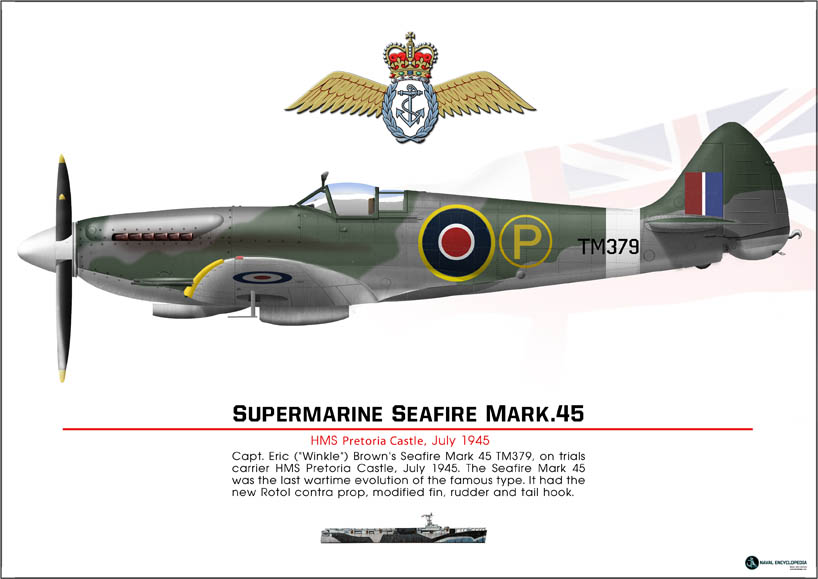
Seafire Mark 45; HMS Pretoria Castle
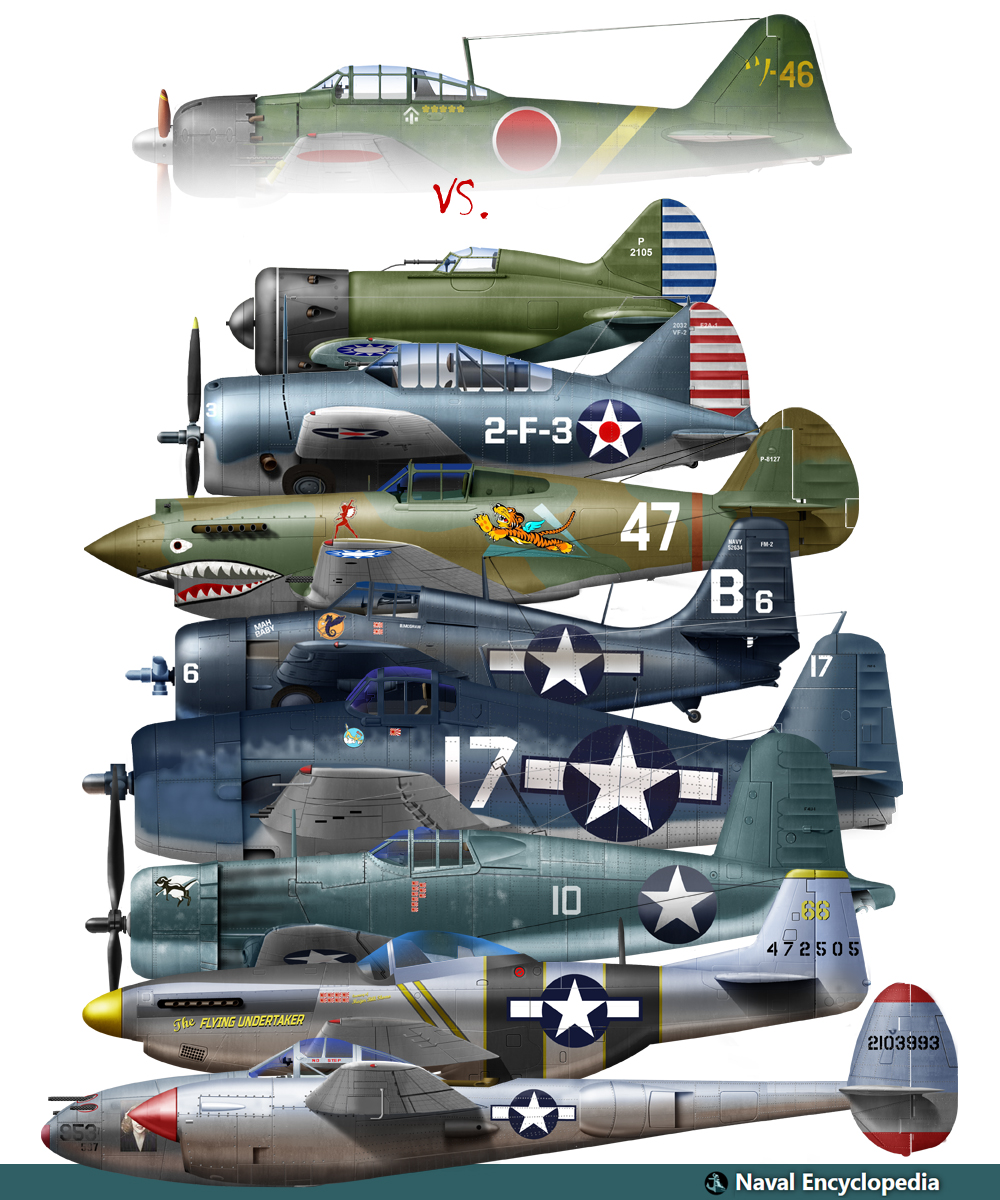
Zeros vs its aversaries
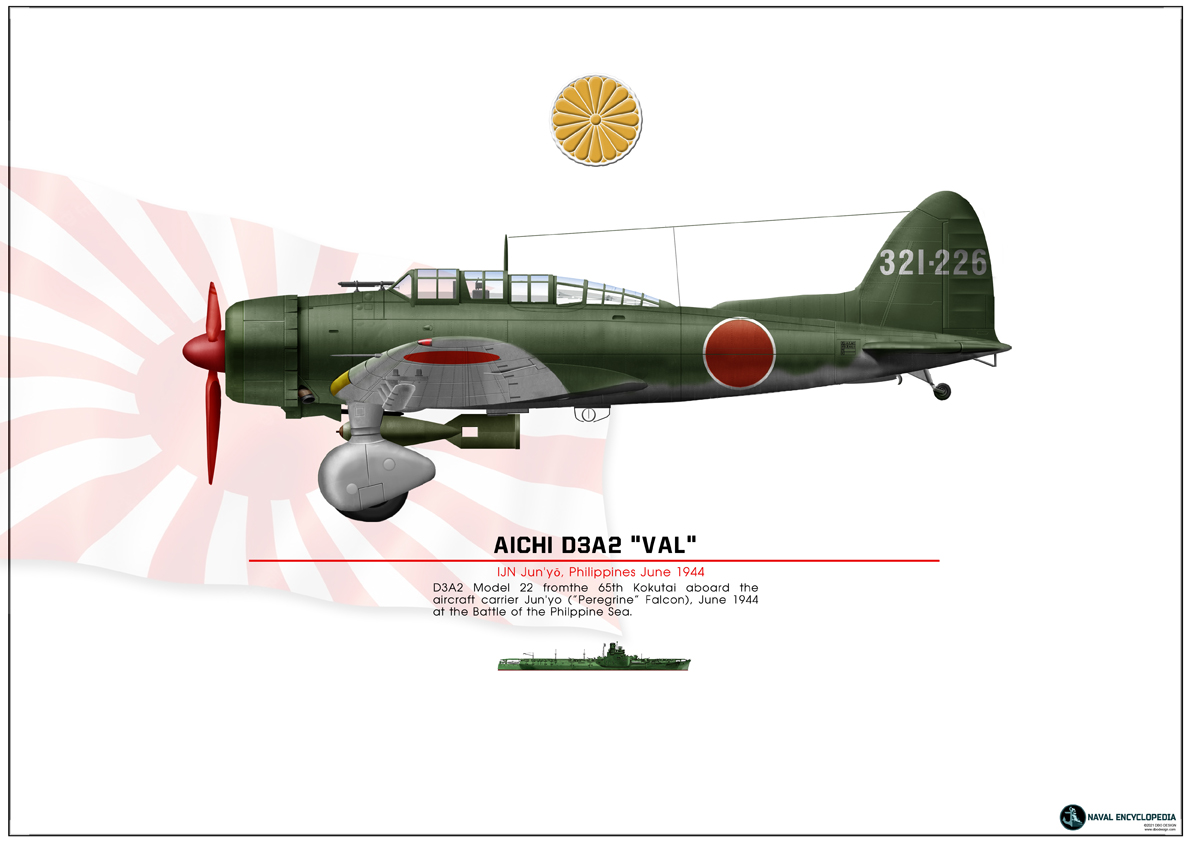
Aichi D3A “Val” Junyo
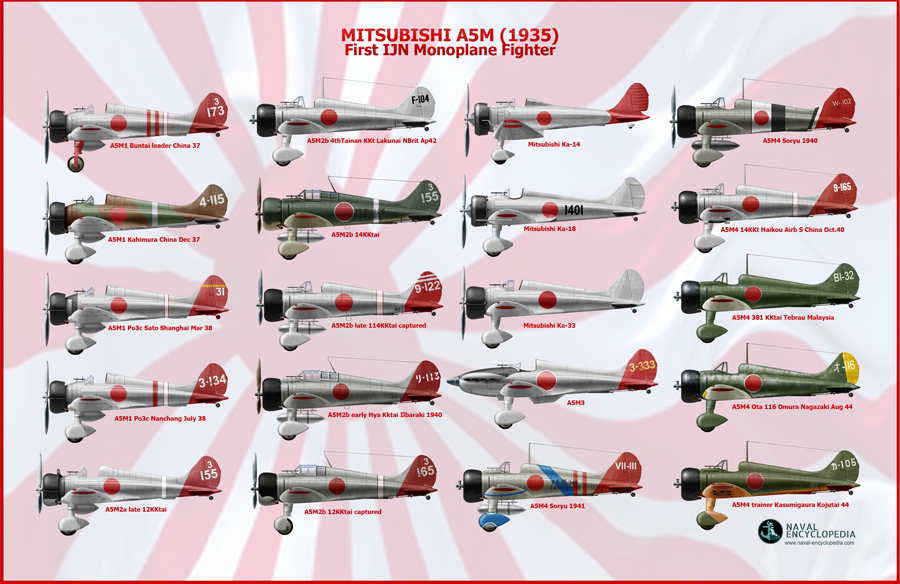
Mitsubishi A5M poster
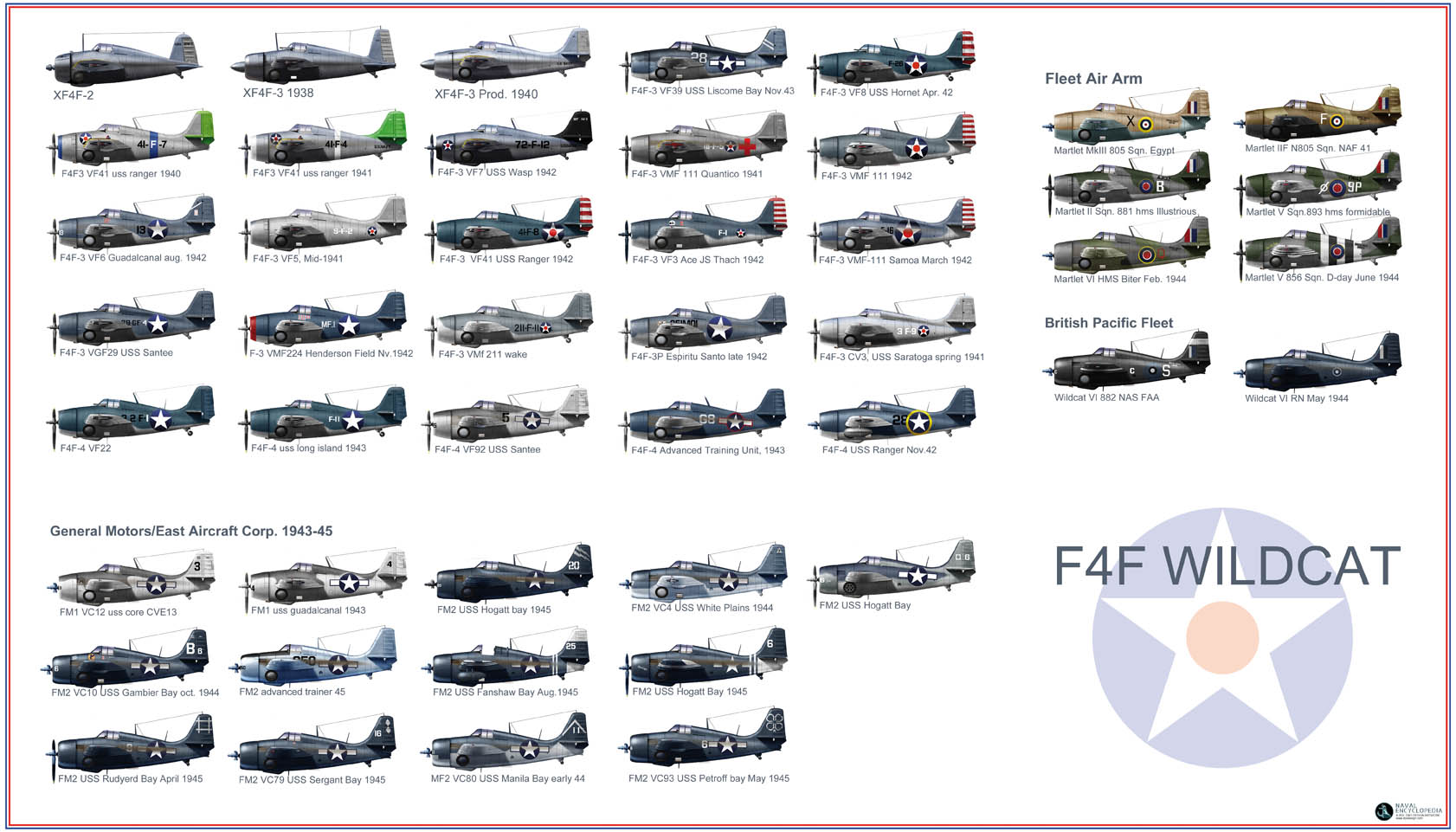
F4F wildcat
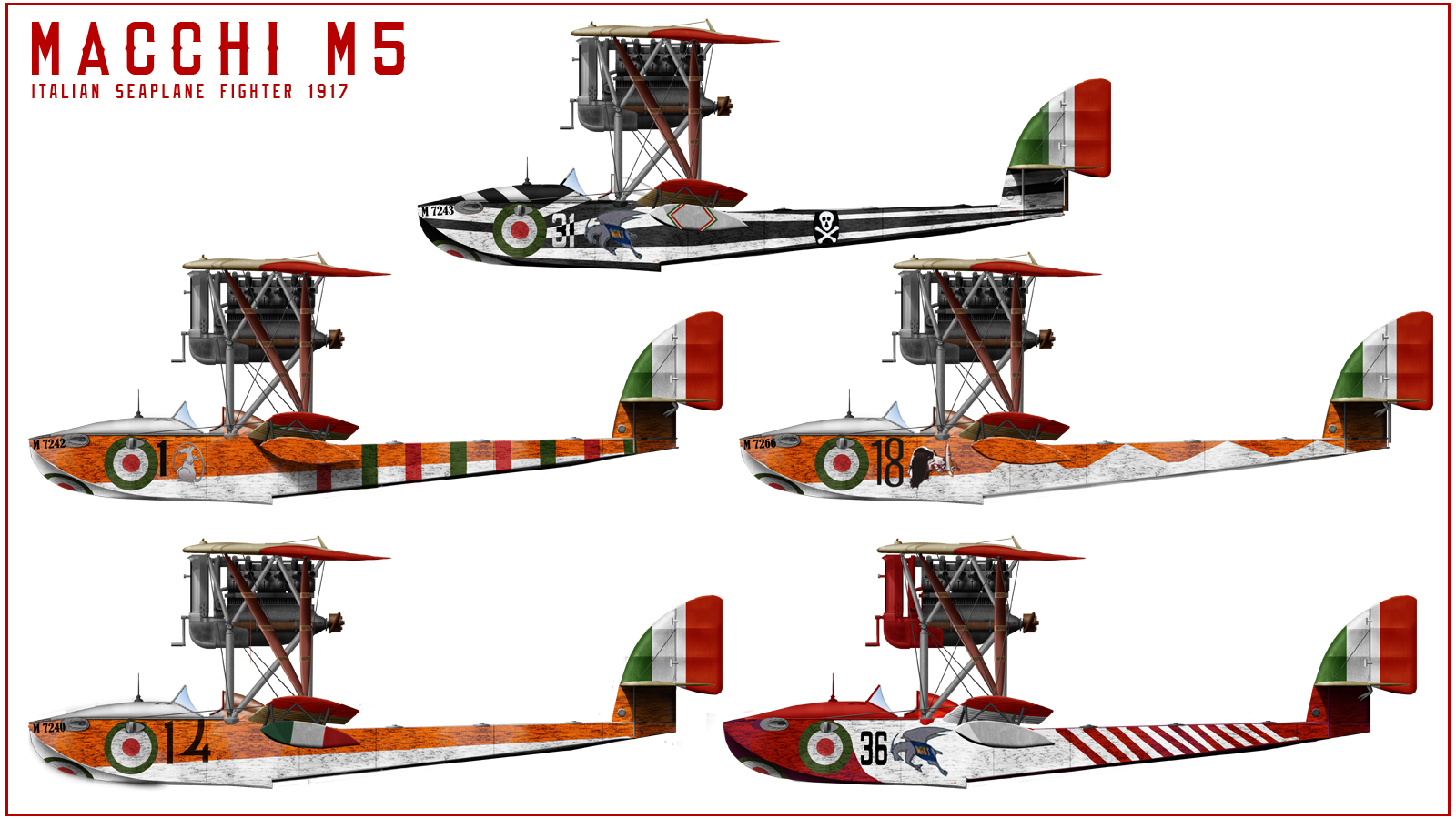
Macchi M5
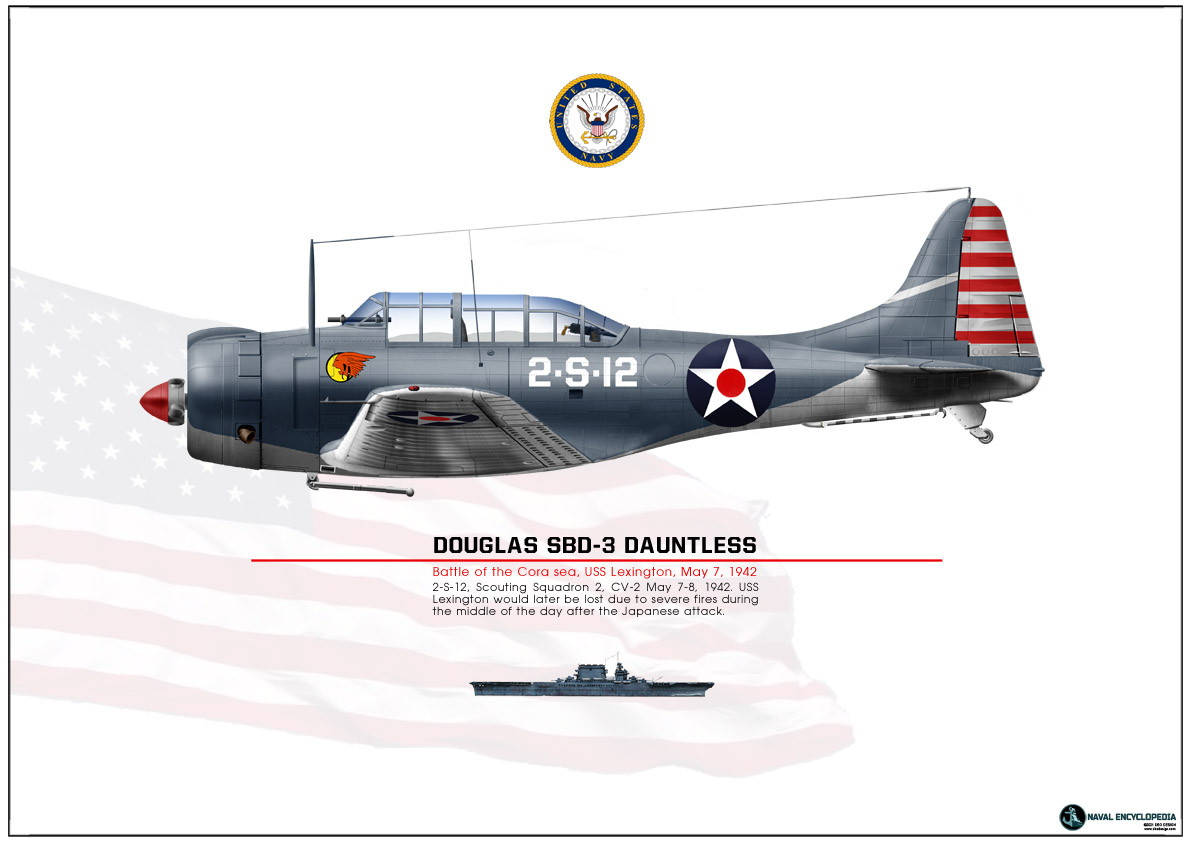
SBD Dauntless Coral Sea
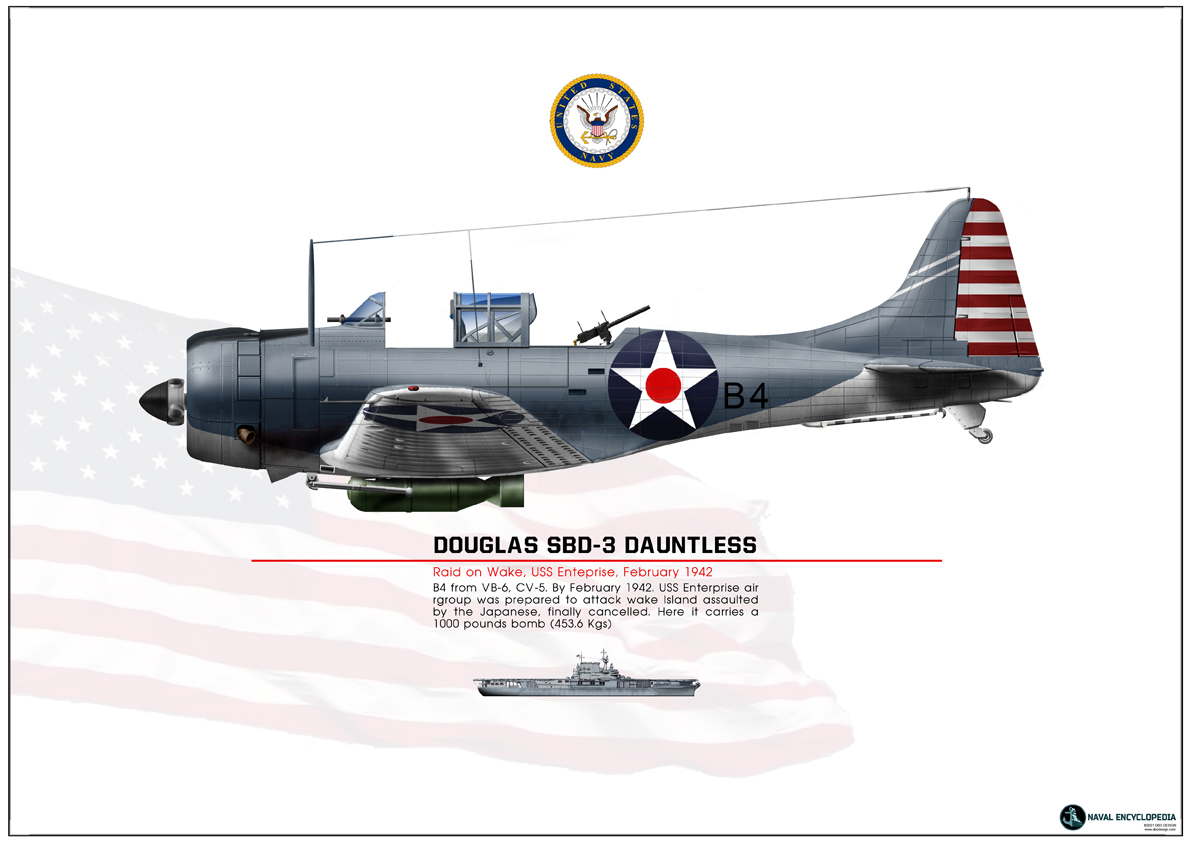
SBD Dauntless USS Enterprise
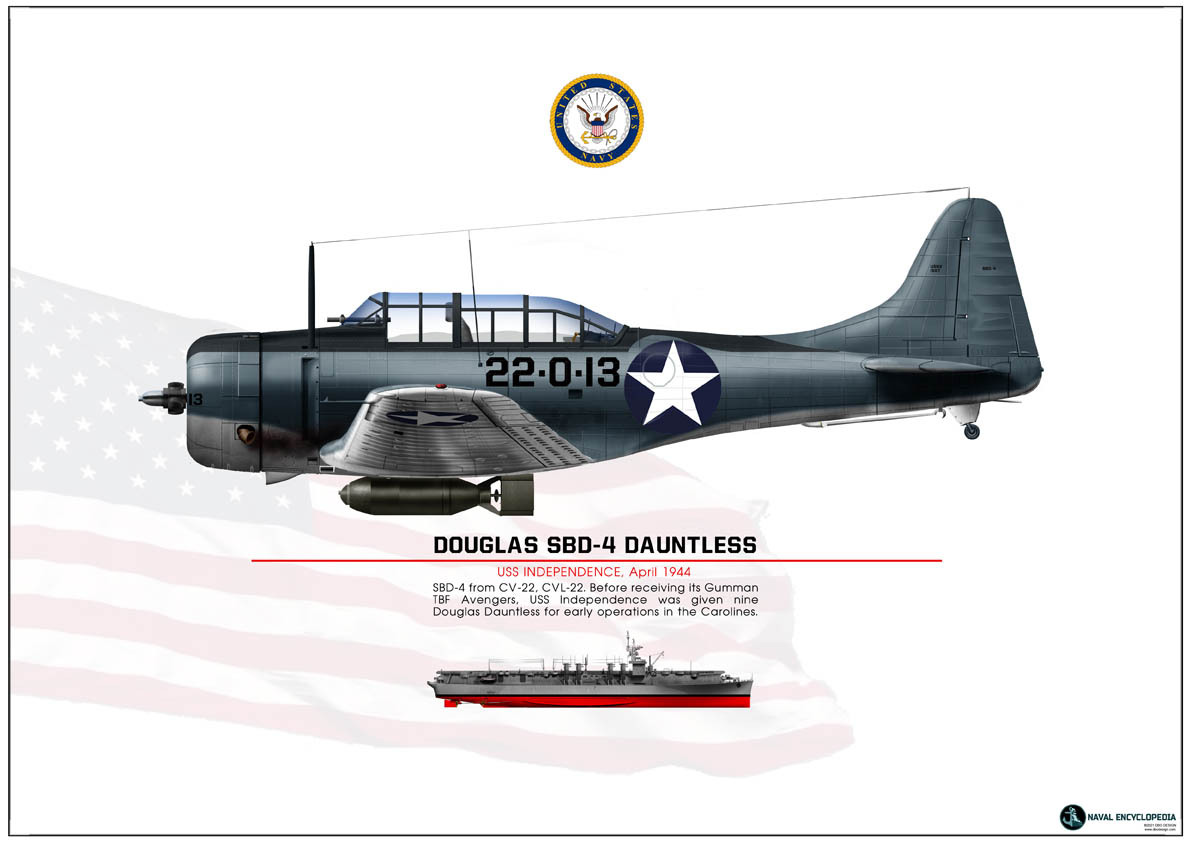
SBD-4 CV22